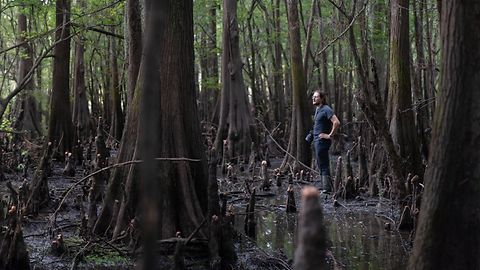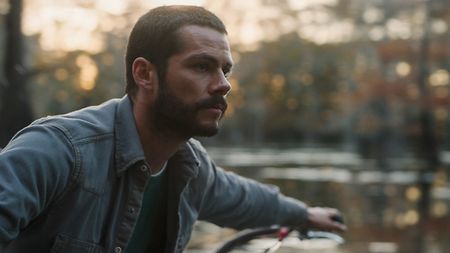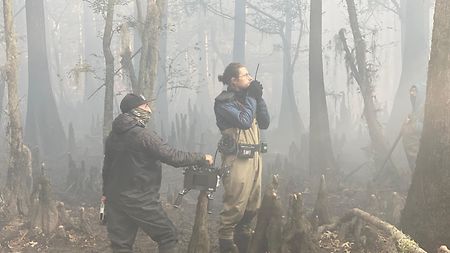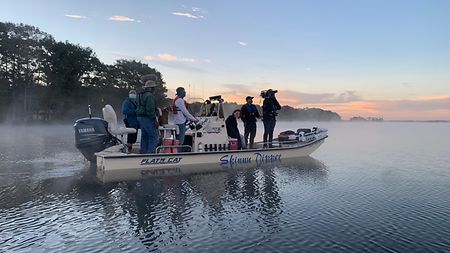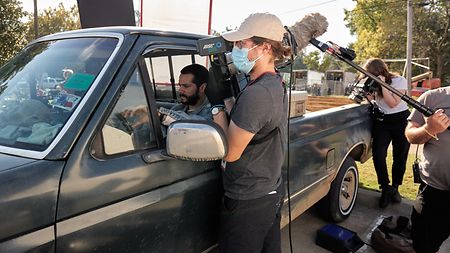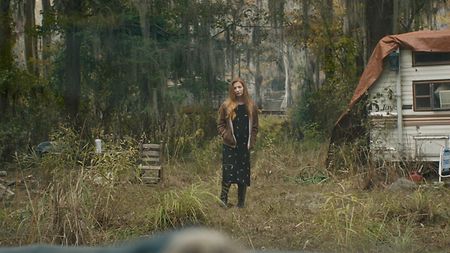“Caddo Lake” tells a complex and intriguing narrative that weaves together two stories involving mysterious happenings around the eponymous lake. Ellie (Eliza Scanlen) is searching for her missing eight-year-old stepsister, while Paris (Dylan O’Brien) is investigating why his mother drove off a bridge into the water. Both find themselves transported to different time periods as their stories converge. Directors Celine Held and Logan George recruited cinematographer and long-term collaborator Lowell A. Meyer, who speaks here about his inspirations, challenges, and creative solutions on the movie.
How did you collaborate with directors Celine Held and Logan George to create the visual language of "Caddo Lake"?
Celine, Logan, and I have been working together for almost a decade. We’ve made six shorts, three episodes of TV, and now two features together. There’s been a tremendous amount of groundwork and runway laid over the years for where we’ve come from and where we want to go as filmmakers. This includes our visual style, which is rooted in handheld, intimate, and deeply humanistic cinematography. For “Caddo Lake,” we wanted to keep building on this aesthetic, while also allowing the lake and the communities of Karnack, Texas to inspire our framing and storytelling. This included capturing the timelessness of the lake and its flora and fauna with an unadulterated or overly stylized eye, particularly when it came to our dual narrative conceit, with the story being told from the perspectives of both Paris and Ellie. Each hero is treated equally and lensed similarly. If anything, we aimed to find connective elements, mirrored framing opportunities, and smooth transitions as we passed the story’s baton from one lead to the next.
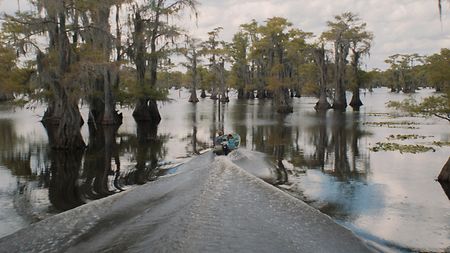
Caddo Lake comprises over 25,000 acres of water and bayou on the border between Texas and Louisiana.
